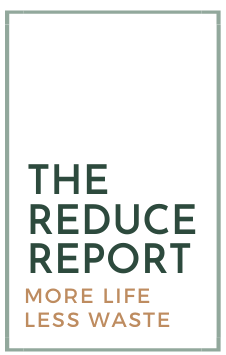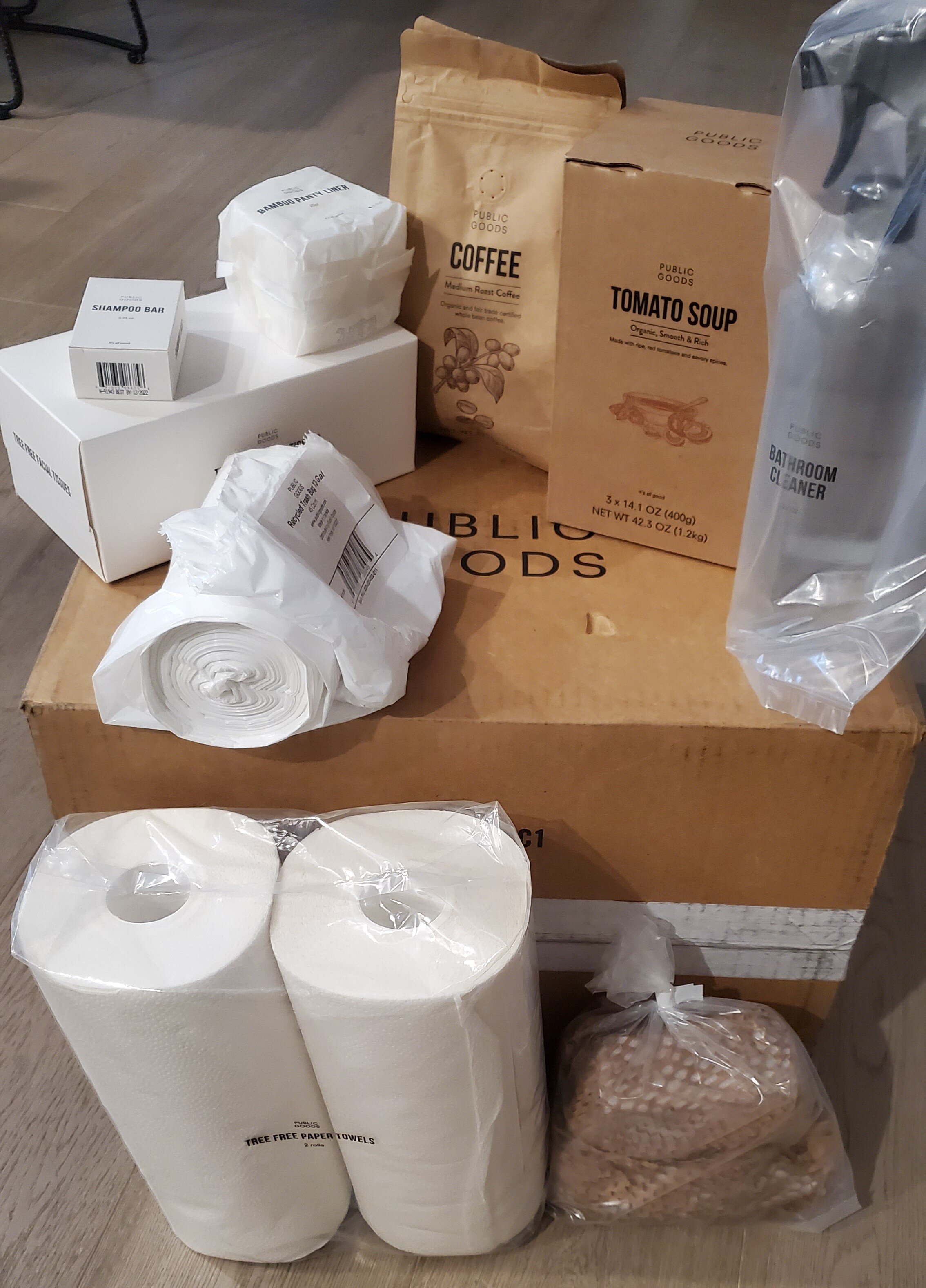Public Goods Tissues Review 2020 | Tree Free, Bamboo Tissues
The Top Line:
Not a buy. We have been trying to use Public Goods Bamboo and Sugarcane Tissues for three months and we just can’t seem to get rid of them. It costs only $2-3 per year to be green here but we do not think the cost is worth it since all these tissues do is scratch our face (sad face).
Note: we did a Public Goods Roundup Review here!
The Breakdown:
Cost & Products: $3.00 for 180 ct tissue box
How ‘Clean’ Is This? Pretty clean - they use bamboo and sugarcane, like the Public Goods paper towels, which we reviewed here
Packaging: In a standard paper box, which can be recycled
Purchasing & Shipping: The website is cleanly designed and ordering is a straightforward. The free shipping threshold seems a little on the high side at a minimum of $45. We get it though. Limiting shipments. Lower carbon emissions.
Coupons: $10 off your first order with ‘BLOG10’
What’s Your Impact? When you cut down trees, it take way longer for them to grow back - contributing to deforestation. Grass is a more sustainable option to normal paper towels as the bamboo and sugar cane are faster to grow — and therefore quicker to be replaced.
The Experience
Context: We love soft tissues (allergies..), so we’ve sworn by Kleenex with cooling lotion as well as Puffs. We’ve tried generic tissues but honestly, our nose can’t handle the roughness. We also use tissues to remove makeup around our eyes sometimes.
Public Goods Tissues feel pretty rough - there’s no question about it.
We have honestly been avoiding the tissues and reaching for our Kleenex, cotton balls, hand towels… anything but these tissues.
We have used them to wipe down our sink.
The box has sat in three random spot to promote use and we think we’ve used about a dozen sheets in three months.
Can’t stress how much we don’t like using these.
The Cost
Honestly, we wouldn’t even buy these if they were 50% cheaper than any brand out there, but here we go: we compared Public Goods Tissues to the typical drugstore brands like Puffs, Kleenex, and Target’s brand Up&Up as well as other green options like Grove Collaborative’s Seedling (bamboo), Green Forest (recycled paper), and Caboo (bamboo). We assumed you used on average 1 tissue per day for a year:
Money Report: While a difference of $2-3 per year is not a lot to pay to be green, we think the cost of paying for a product that will scratch your nose is not worth it.
The Good:
✔ Made of sustainable bamboo and sugarcane, way more sustainable than trees
The Bad:
✗ Super rough on our skin - did not like the feeling at all
✗ Only $2-3 more expensive to be green, but too much to pay for a worse experience
Our Recommendation:
No. Do not buy Public Goods Bamboo and Sugarcane tissues unless you have completely insensitive skin and don’t mind the small premium to be more green.
We're on a mission to reduce our personal carbon footprint with small, hopefully easy, changes in our home to fight against climate change. This means we're looking for products that may be all natural, ideally zero waste, reusable or compostable -- while still being affordable!









